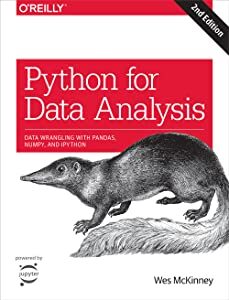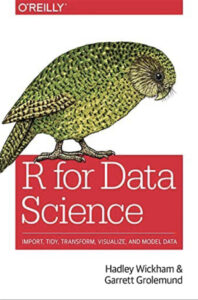Book 1 and certainly the best
Python

To develop intellectual programmers
Python is am extremely good book if one looks forward to become an intellectual programmer. This book is concerned with the nuts and bolts of manipulating, processing, cleaning, and crunching data in Python. Therefore, the goal is to offer a guide to the parts of the Python programming language. Its data-oriented library ecosystem and tools that will equip you to become an effective data analyst. Although, ‘data analysis’ is in the title of the book, the focus is specifically on Python programming, libraries, and tools as opposed to data analysis methodology. Hence, this is the Python programming you need for data analysis.
Book 2
Learn how to use R to turn raw data into insight, knowledge, and understanding. Firstly, this book introduces you to R, RStudio, and the tidyverse, a collection of R packages designed to work together to make data science fast, fluent, and fun. Thus, suitable for readers with no previous programming experience, R for Data Science is designed to get you doing data science as quickly as possible.
About the Authors
Authors Hadley Wickham and Garrett Grolemund guide you through the steps of importing, wrangling, exploring, and modeling your data and communicating the results. You’ll get a complete, big-picture understanding of the data science cycle. Moreover, along with basic tools you need to manage the details. In addition, each section of the book is paired with exercises to help you practice what you’ve learned along the way.
Book 3
Data Science on AWS
This book is for anyone who uses data to make critical business decisions. The guidance here will help data analysts, data scientists, data engineers, ML engineers, research scientists, application developers, and Developing engineers broaden their understanding of the modern data science stack and level up their skills in the cloud.
Key features
The Amazon AI and ML stack unifies data science, data engineering, and application development to help users level up their skills beyond their current roles. We show how to build and run pipelines in the cloud, then integrate the results into applications in minutes instead of days.

